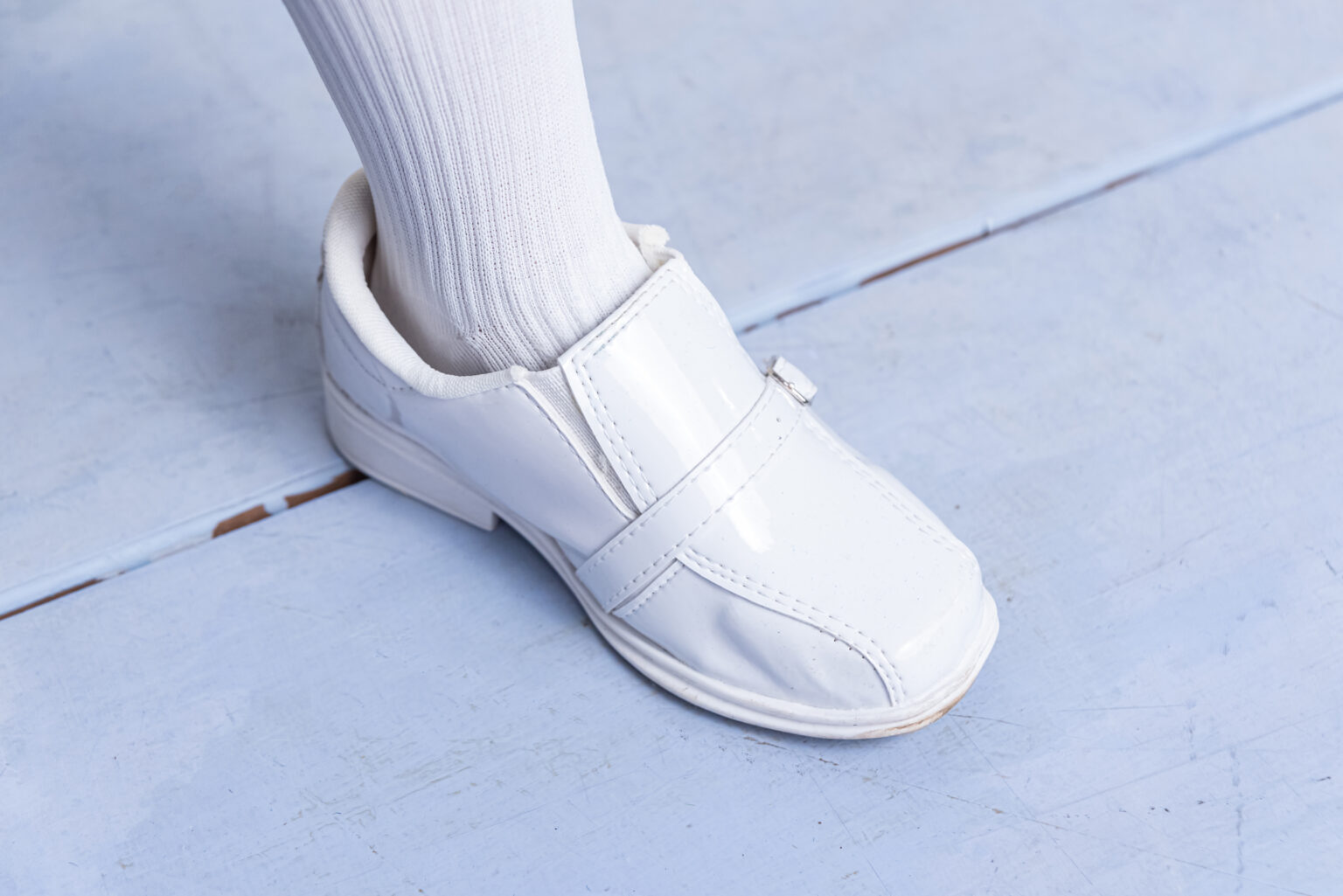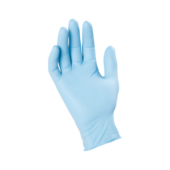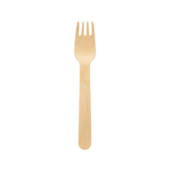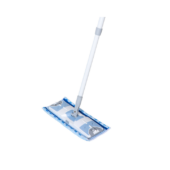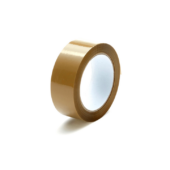Working in the food service industry means long hours on your feet, navigating slippery floors, carrying heavy trays, and constantly transitioning between hot kitchens and bustling dining areas. These conditions require durable and supportive footwear that provides the necessary comfort, safety, and performance to help you thrive in your role.
In this guide, you will find expert advice and practical tips to help you confidently choose the best shoes for your role.
Additionally, we’ll provide guidance on maintaining your footwear to ensure durability and prevent future issues like replacing worn-out shoes. For a broader perspective, check out our guide on clogs for work.
Why Is Footwear Important in Food Service?
Working in food service means you’re on your feet for hours, navigating slippery kitchen floors, rushing between tables, or working in hot environments. The right shoes can:
- Prevent slips and falls, ensuring safety in wet or greasy conditions.
- Support your feet and posture, reducing fatigue during long shifts.
- Comply with workplace requirements, such as non-slip soles or closed-toe designs.
If you’re looking for specialized footwear like clogs or safety shoes, explore our clog collection.
Key Features to Look for in Food Service Footwear
When selecting shoes for food service, it’s essential to evaluate their functionality and comfort. Below are the key features to consider:
1. Slip-Resistance
Non-slip soles are a must to navigate slippery floors common in restaurant kitchens or dining areas. According to the European Agency for Safety and Health at Work, slip-resistant footwear plays a vital role in enhancing workplace safety, significantly reducing the risks of slips and trips in busy environments.
Shoes certified for slip resistance (look for European standards like EN ISO 20347) offer the highest level of safety.
Learn More from the Official European Agency for Safety and Health at Work Guide.
2. Comfort and Cushioning
Comfort is critical for long shifts. Look for shoes with cushioned insoles, arch support, and breathable materials. Mules or clogs often feature ergonomic designs, making them a popular choice in food service.
3. Durability and Materials
Choose shoes made from durable materials like leather or high-quality synthetic fabrics that can withstand heat, spills, and wear over time. Easy-to-clean surfaces are also essential for hygiene.
4. Proper Fit
Shoes that fit well prevent blisters, reduce fatigue, and support your feet throughout your shift. Well-fitting shoes ensure all-day comfort, help maintain productivity, and support long-term foot health, preventing common issues such as blisters or fatigue. Use the size guide below to find the right fit:
| EU Size | Foot Length (cm) |
| 36 | 23.0 |
| 37 | 23.6 |
| 38 | 24.3 |
| 39 | 25.0 |
| 40 | 25.7 |
| 41 | 26.3 |
Explore more about sizing and fitting here.
Types of Footwear Suitable for Food Service
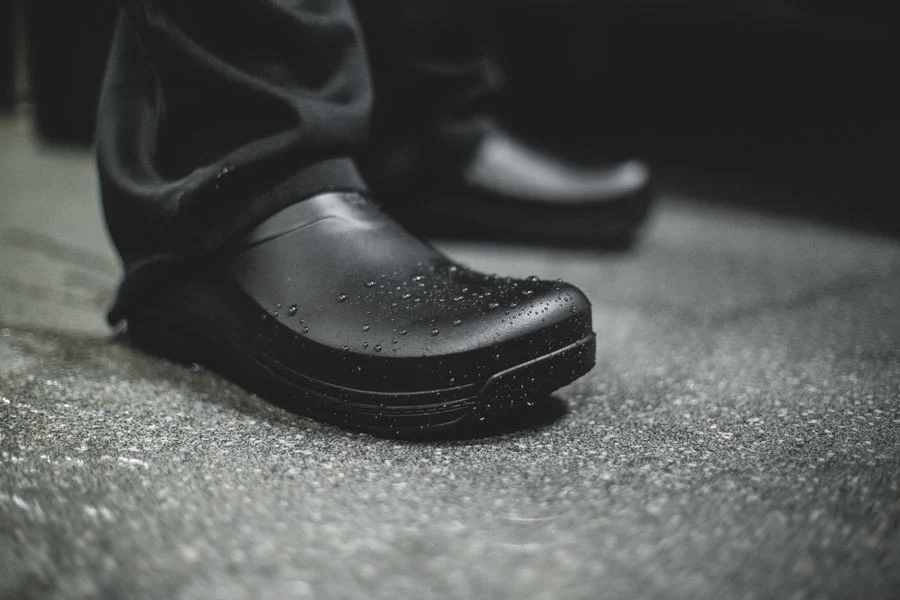
Food service footwear comes in various styles, each suited to specific tasks and preferences. Below are the most common types:
1. Clogs
Popular among chefs and kitchen staff, clogs provide excellent support and slip-resistance. They are lightweight, durable, and easy to clean. Browse our clog collection.
2. Safety Shoes
For those working with heavy equipment or hot liquids, safety shoes with toe protection and heat-resistant soles are a smart choice. Check out our safety shoe selection.
3. Athletic-Style Shoes
Athletic shoes designed for work often feature slip-resistant soles and added comfort. These are ideal for servers or baristas who prioritize mobility and style.
How to Maintain Food Service Shoes
Taking care of your shoes prolongs their life and ensures they remain effective, especially in food service environments where proper maintenance helps retain durability and reliable performance despite frequent exposure to spills, grime, and heat. Here are practical maintenance tips:
- Clean regularly: Wipe off spills and dirt with a damp cloth. For clogs, use soap and water for thorough cleaning.
- Inspect soles: Regularly check for wear and tear, especially in slip-resistant soles.
- Replace insoles: High-quality insoles can wear out over time. Replacing them ensures continued comfort and support.
For more tips on maintaining clogs, see our clog buying guide.
Practical Buying Tips
When shopping for food service footwear, keep these tips in mind:
- Invest in quality: Durable shoes may cost more upfront but save money in the long run.
- Try before buying: If possible, try on shoes at the end of the day when your feet are slightly swollen to ensure the best fit.
- Consider workplace requirements: Confirm with your employer if specific features like slip-resistance or toe protection are mandatory.
Where to Buy Food Service Footwear
Find a wide range of food service shoes in our dedicated clog collection. For other workplace needs, explore related categories like safety shoes.
Conclusion
We hope this guide has given you a clear understanding of the key factors in selecting the best footwear for food service, from the importance of slip-resistant soles to choosing the right fit and maintaining your shoes.
By focusing on these essentials, you can make an informed decision that enhances both safety and comfort, ensuring you stay productive and supported throughout your workday.
Ready to explore your options? Check out our clog selection for high-quality footwear tailored to your needs.
Have additional questions? Reach out to us—we’re here to help you find the perfect footwear solution and ensure your confidence in every step.
Frequently Asked Questions
Not all workplaces mandate slip-resistant shoes, but many do for safety reasons. Check with your employer to confirm workplace requirements.
While some athletic shoes offer slip-resistant soles, regular sneakers may not provide adequate safety or durability for food service environments. It’s better to invest in shoes specifically designed for this purpose.
Replace your shoes when you notice significant wear, especially on the soles, or when they no longer provide comfort and support. This typically happens every 6–12 months, depending on usage.
Consider adding orthotic insoles for extra support, ensuring your shoes fit correctly, or investing in more cushioned, ergonomic footwear. If discomfort persists, consult a podiatrist.
Yes, many food service shoes are designed with waterproof or water-resistant materials to handle spills and wet conditions. Look for shoes with this feature if you work in environments with frequent liquid exposure.

